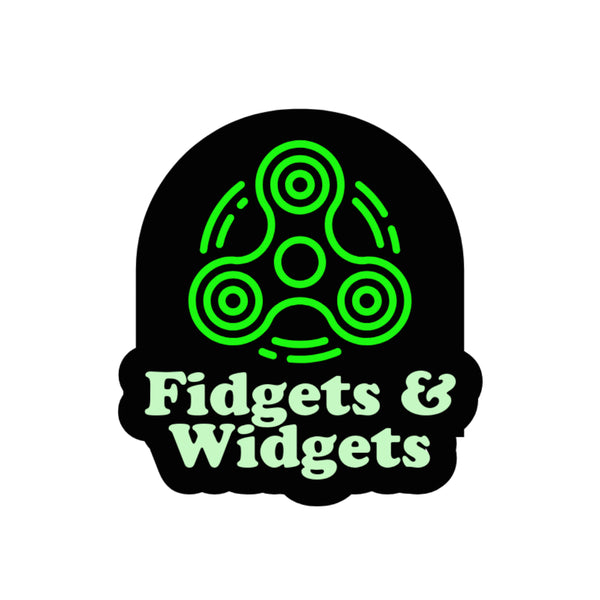
More Than a Toy; The Role of Fidget Devices in Occupational Therapy
Share
In occupational therapy spaces across the UK, you'll often hear talk of "meaningful activity"; the kind of everyday action that brings a sense of purpose, connection, or calm. For some people, especially those with sensory differences or neurodivergent profiles, that meaningful activity might look like spinning a ring, tracing a groove, or gently clicking together textured parts. Fidget devices, far from being distractions, are becoming essential tools in the hands of occupational therapists working to support regulation, focus, and autonomy.
Supporting Sensory Regulation
A large part of occupational therapy, particularly for autistic individuals and those with ADHD, centres around sensory integration. This refers to how our nervous systems receive and respond to sensory input, and how sometimes that process can be overwhelming, under-responsive, or simply out of sync.
Fidget devices can act as what therapists call "regulation tools." By offering predictable, repetitive sensory feedback, whether through touch, pressure, or motion, they help calm overactive systems or gently stimulate underresponsive ones.
According to the Royal College of Occupational Therapists (RCOT), sensory tools are often used to support emotional wellbeing, particularly in children and young people with sensory processing challenges (RCOT, 2021). Fidget devices are discreet, adaptable, and easily incorporated into school, home, or community routines.
Boosting Focus and Fine Motor Skills
For individuals with difficulties maintaining attention or with fine motor delays, fidget devices can also provide a double benefit. Research has shown that providing purposeful hand activity during cognitive tasks can improve attention span and reduce task avoidance behaviours (Stalvey & Brasell, 2006).
Some OTs use specific fidget tools to strengthen hand muscles, support grip control, or encourage bilateral coordination; all crucial for skills like handwriting, using cutlery, or dressing independently.
Therapeutic Use in Different Settings
Fidget devices are now seen in a wide variety of therapy environments. In paediatric OT, they might be used as part of a sensory diet, a planned activity schedule designed to meet a child’s sensory needs. In adult mental health or learning disability services, they may help service users manage anxiety or transition between activities.
One OT I spoke to described them as "anchors"; simple objects that can keep a person grounded during therapy, a school day, or a commute. For others, they’re bridges, helping a client stay regulated long enough to engage in social or educational environments that otherwise feel overwhelming.
Fidgets & Widgets in Practice
At Fidgets & Widgets, all devices are co-designed with neurodivergent adults, many of whom have occupational therapy experience as service users. Every texture, weight, and click is informed by real feedback, trialled and refined across multiple stages of prototyping.
Some of our designs, like the Worry Stone or the Pill Fidget, have been used by professionals in both educational and clinical settings, including collaborations with stroke rehab and PTSD services. This partnership between lived experience and professional practice is at the heart of everything we do.
Changing the Narrative
It’s time we stop asking whether fidget toys are "just a distraction." In occupational therapy, they’re evidence-based tools; meaningful, accessible, and often life-enhancing.
They aren’t gimmicks. They’re lifelines. And when thoughtfully integrated into someone’s daily routine, they can empower that person to take control of their environment, their emotions, and their sense of self.
References
-
Royal College of Occupational Therapists (2021). Sensory Integration and the Role of Occupational Therapy. rcot.co.uk
-
Schaaf, R. C., Benevides, T., Kelly, D., & Mailloux, Z. (2014). Occupational therapy using a sensory integration–based approach: A case study. American Journal of Occupational Therapy, 68(5), e19–e26.
-
Stalvey, S., & Brasell, H. (2006). Using stress balls to focus the attention of sixth-grade learners. Journal of At-Risk Issues, 12(2), 7–16.
